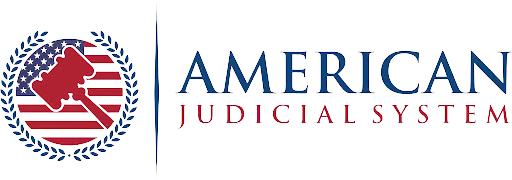Understanding how to protect your personal injury settlement from excessive medical liens is crucial for maximizing compensation. Taking proactive steps early on can significantly affect the final amount you receive from a settlement. Medical lien personal injury settlement issues often arise when medical providers place legal claims to be repaid from your settlement, which can significantly reduce the amount you take home if not handled properly.
In personal injury cases, it is vital to be aware that medical liens might not appear immediately after settlement. Some, like government-related medical liens, may emerge years later, potentially catching an unprepared individual by surprise. Being informed about the potential for these liens and developing a plan to address them early is essential.
Taking charge of your settlement by reducing the impact of these liens requires effort and strategic decision-making. There are various methods and strategies that an individual can implement to minimize the financial impact of medical liens on their settlement, ensuring they receive the maximum possible compensation.
Understanding Medical Liens on Injury Settlements
Medical liens can significantly influence the outcome of a personal injury settlement. By knowing their legal framework and various forms, one can take better control over their settlement recovery.
Definition and Legal Basis of Medical Liens
Medical liens are legal claims placed on a personal injury settlement by healthcare providers for unpaid medical bills. This claim allows providers to seek reimbursement directly from the settlement before the claimant receives their funds. Typically, a lien is based on an agreement between the patient and the provider, allowing the latter to recover the costs of treatment once the settlement is reached.
The legal foundation of medical liens varies by jurisdiction, making it crucial to understand local statutes. Attorneys often play a key role in interpreting these laws and negotiating the liens, as lienholders might accept a lower amount than originally claimed, contingent on circumstances and available evidence. Understanding these foundational elements can mitigate potential reductions in a settlement, ensuring a fair distribution of funds.
Types of Medical Liens
There are several types of medical liens, each with its unique characteristics. The first type is a statutory lien, which arises from specific laws allowing healthcare providers or insurance companies to place a lien on a settlement. These are commonly seen in personal injury cases where state statutes grant automatic lien rights to providers.
Another common type is contractual liens, formed through agreements between patients and their healthcare providers. This type relies on a signed contract stating that the provider is entitled to part of the settlement funds. Understanding these liens is crucial for ensuring medical debts are settled responsibly and fairly. Each type requires distinct considerations, often requiring legal experience to guide effectively.
Strategies for Protecting Your Injury Compensation
Safeguarding your personal injury settlement from excessive medical liens is crucial. This involves evaluating lien claims, negotiating effective payment terms with healthcare providers, and using legal strategies to reduce lien demands. Each approach is essential to preserving the compensation you are entitled to.
Assessing the Validity of Liens
Evaluating the legitimacy of medical liens is a key step in protecting your settlement. Examine all lien claims closely, ensuring they are filed correctly and pertain to actual medical services provided. It is crucial to verify the lien holder’s compliance with state regulations and procedural requirements.
Checking for errors or discrepancies can help prevent unwarranted claims on your compensation. Understanding state laws related to lien filing is important because they can vary significantly. Whether the lien comes from health insurance, Medicare, or Medicaid, each program has specific rights and limitations that must be respected.
Negotiating with Healthcare Providers
Engaging in discussions with healthcare providers can result in reduced lien amounts. Healthcare providers may agree to decrease their claims, especially if they are aware of potential difficulties in full collection. Opening a dialogue and articulating your financial position can be effective.
It’s helpful to highlight that medical liens can affect the final payout for both the lien holder and the injured party. Establishing a mutually beneficial resolution can involve negotiating payment plans or proposing lump-sum settlements to satisfy the provider’s demands while preserving more of your compensation.
Legal Approaches to Minimize Lien Claims
Utilizing legal methods is sometimes necessary to limit the impact of lien claims on your settlement. Attorneys can review lien documentation for compliance with federal and state laws, often finding grounds to contest excessive claims. Legally, some states offer protection for a portion of settlements from lien claims, making it essential to be informed about your rights.
In cases involving Medicare or Medicaid, federal statutes may also provide avenues to challenge or reduce liens. Comprehensive legal advice is critical in guiding these intricacies and ensuring that any lien placed on your settlement is appropriate and fair.










